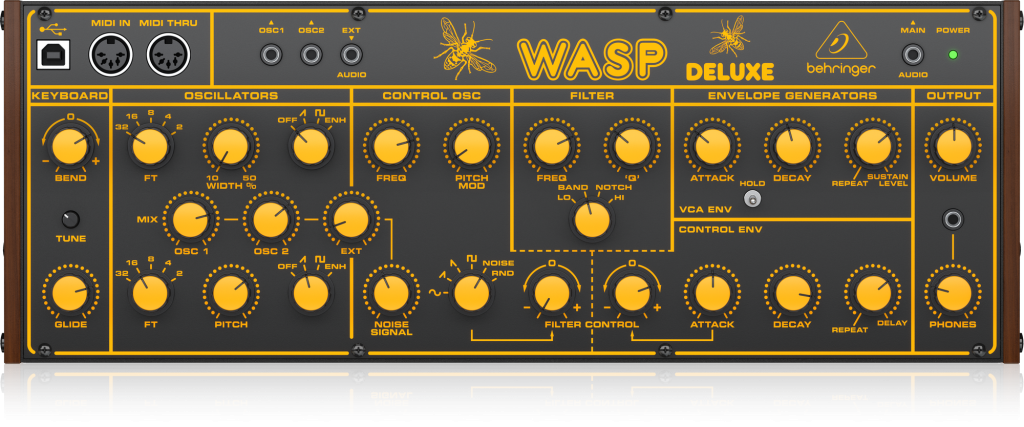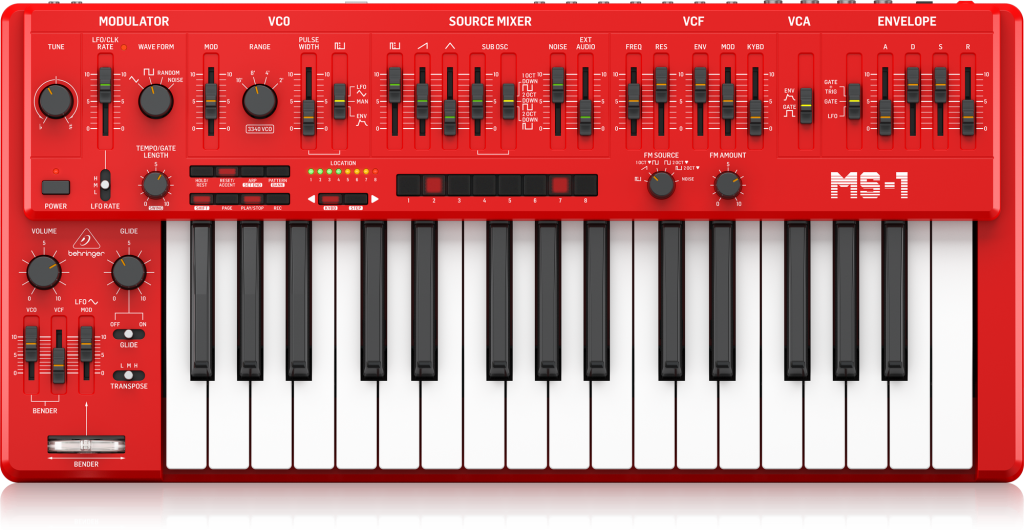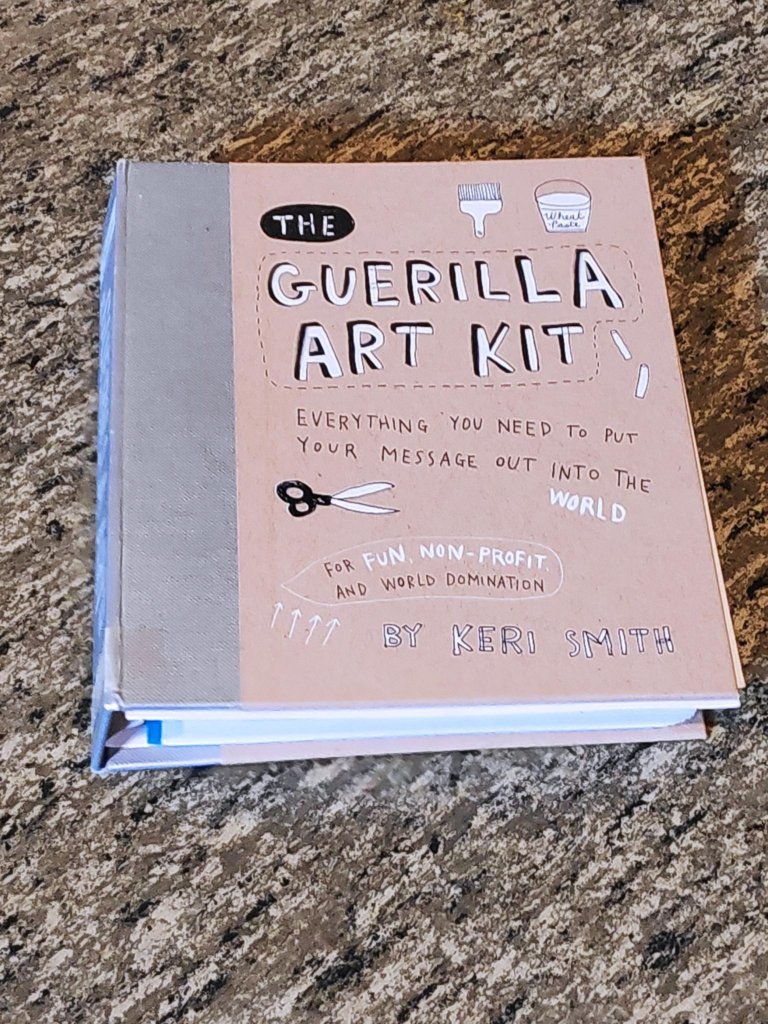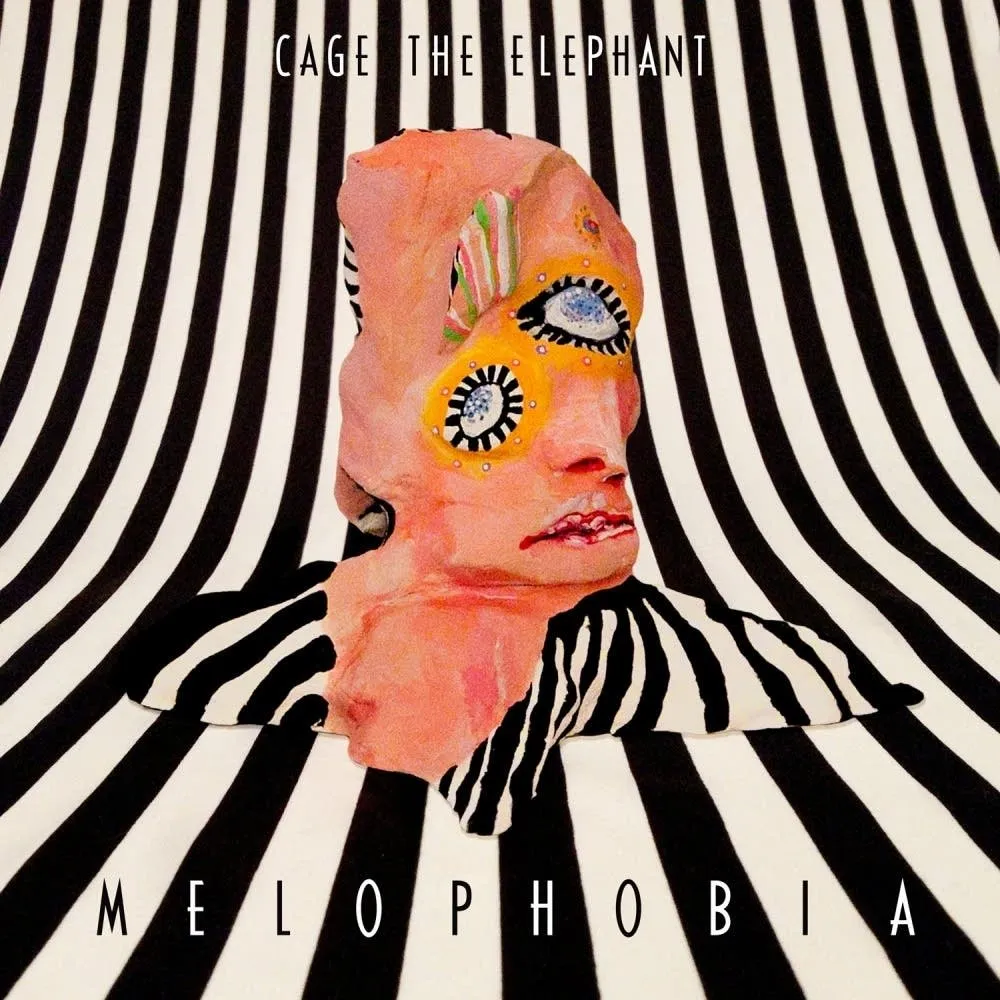
At some point in their lives, many people admit to being collectors. They use this term because it is neutral: less pious than saver, which would suggest an ethical motivation; less compulsive than hoarder, which would admit to an addiction.
The pronunciation of these terms provides insights into the mind set of listeners. Sometimes, I deliberately mispronounce saver as savior. No one has ever misunderstood or commented on this mispronunciation. I do this when I am trying to represent saving as a religious mission, perhaps even regarding collected stuff as an environmentally sustainable alternative to buying new things. One can also feel the greater intensity of negative impressions, when the term hoarder is pronounced almost normally, but with increased emphasis on the first syllable.
In this weblog post, there will be no attempt to prevent anyone from living in their own fantasy world. The actual thing collected/ saved/ hoarded varies. The economic elite might engage in ostentatiously collecting Renaissance art or incunabula = books printed before 1501. Members of a middle-class might collect hard-covered books, stamps or coins. Sports enthusiasts might collect baseball cards. My mother collected representations of birds, one from each of her trips.
In the 1960s, pennants were popular with children, and we at Cliff Cottage still have remnants of a pennant collection. Many of these were subsequently displayed on bedroom walls. The attached photo of a pennant of Hope, is for a location that represents a boundary, separating polite, sustainable, environmentally conscious Cascadia from the wild, ruinous, environmentally indifferent interior of British Columbia. Hope is on the banks of the Fraser River, about 110 km eastwards/ upstream from New Westminster, and 70 km southwards/ downstream of Hell’s Gate. While five species of Pacific salmon can be found there, with one depicted on the pennant, I am more interested in the declining number of White Sturgeon (Acipenser transmontanus), found south of Hell’s Gate. Sometimes I try to impress some people by mentioning that the area was used as the location for the film Rambo – First Blood (1982). Others are more impressed when I mention that the Othello tunnels, part of Coquihalla Canyon Provincial Park, take their names from the works of Shakespeare.

Some insights into collecting will be offered by looking at how others approach the acquisition of things. As this paragraph is being written, our teletype replacement reports that over half of newly baked Norwegian fathers have bought something used on Finn, the Norwegian equivalent of Craigslist. This is a change of attitude. In contrast after 42 years in Norway, we have bought our first new sofas. Previously, we have only had used sofas. Before that, it was covered mattresses on the floor.
Unfortunately, the art of buying used equipment online requires diligence. On one occasion, I bough a computer with a hard drive that contradicted the product description. Since I intended to upgrade it anyway, I ignored it. On a second occasion, stage clips were missing from a stereo microscope, both in the product description provided by the seller, as well as in the sending, but not in the photo used as part of the product description.
Vehicles
A large number of former male colleagues acquire vehicles with personality, when their economy allows it. The vehicles vary. I know some who have bought: (former) military trucks/ motorcycles/ muscle cars/ sports cars/ vans.
One colleague specialized in buying Land Rovers. He confided that he told his wife that he owned eight, because that was the number of vehicles that were registered. I believe the real number was fourteen. Some of these may have just been kept for their parts. Soon the number was reduced to thirteen as he gave one to his daughter, at the time one of my students. I suspect this was in order to buy her silence about the real number of vehicles involved. She admitted to me that she had obtained the very best of the vehicles in his collection.
I had noted that a disproportionate number of male workers in what can be regarded as female-dominated professions, such as teaching and nursing, own uber-masculine vehicles, such as large trucks and muscle cars.
To test this hypothesis, I have watched documentary/ reality programs to see if these stereotypes are common. Not only are the results inconclusive, they seem to point to the opposite conclusion, at least in three series involving vehicle collectors.
Marshal Chapman, was a professor of geology who lived on Isle au Haut, population 70, in Maine, when he appeared in the fifth episode of the documentary, The US East Coast (2014), starting at 33:08. He has a relaxed and modest approach to collecting his two functioning older vehicles, a 1924 Ford Model T coupe, and a 1930 (?) Ford Model A flatbed truck. Among the characteristics he appreciates about his Model A is its high ground clearance and low top speed (33 mph = ca. 50 km/h) allowing him to see more of the landscape as he drives through it. He claims he has no problems obtaining spare parts, with old restorers dying off, and their widows wanting these obsolete vehicles out of their lives. He also claims that once there is one vintage car in a barn, it starts to reproduce so one ends up with four or five vehicles. He is unsure how this happens, just that it does. He also allows his vehicles to take a day off, if they need it, accepting that old cars have quirks. These are internal combustion engine (ICE) vehicles, but Chapman’s approach to collecting involves several ethical principles that are needed if the world is to successfully transition to a greener future.
Mike Hall, appears in Rust Valley Restorers, a reality series set in Tappen, British Columbia on Shuswap Lake. I know the area well. For most of my childhood, our family stayed for a week at a waterfront cottage at Blind Bay, 15 km from Tappen. Hall is the opposite of Chapman. When the series started, he claimed to own 400 vehicles from the 1950s – 1970s, rusting away in what he describes as a field of dreams. Towards the end of the series, he gives up on his dream, and auctions most of them away, because he is unable to restore them. Hall is a hoarder, and his collecting habits are an obsession and probably an addiction.
Mark Towle, from Gotham Garage, appears in Car Masters: Rust to Riches, another reality series that looks at car revitalization, so far in 32 episodes, from 2018 to 2022. Gotham Garage uses two workshops located in Temecula, a city in Riverside County, California, with a 2020 population of about 110 000. While there has been some discussion about the authenticity of the program, the important point here is that Towle and Gotham Garage are portrayed, not as collectors, but as distributors/ dispensers/ vendors of enhanced/ customized one-off vehicles, built on an existing chassis/ body. Despite claims to the contrary, these are not usually restorations. Rather, vehicles are rebuilt to incorporates the dreams of typically wealthy clients into their newly reconstructed vehicles.
Tools
I am still in a state of denial with respect to my collector status about tools. Starting about 2016, I built up a woodworking workshop to assist in the restoration of Cliff Cottage. I soon learned that it can be economically advantageous to buy specialty tools even for a single specific task. Hiring a worker is usually more expensive, and here in rural Norway, there is no option of renting unusual tools. Thus, the perpetual question asked is, what quality should that tool be?
To begin with, I often bought cheaper house brand tools that, while capable of performing assigned tasks, are less effective than better quality tools. I regret some of these earlier purchases.
I have replaced a Scheppach table saw (that suddenly stopped working), with a Bosch table saw, that continues to operate. The one tool that I have been most disappointed with is a Ryobi compound mitre saw. I should have opted for a Bosch model, even though it is three times more expensive. The Ryobi is the one tool in my collection that I refuse to allow anyone to inherit. I have left clear instructions that it is to be recycled!
I own several Meec battery electric tools, because they use the same standard battery, of which I have four. These tools are gudenuf! Many people regard DeWalt as the highest quality woodworking tool brand commonly available in Norway. When I look at their prices, I accept that Bosch has a quality that meets my needs. Most of these woodworking tools have been so little used that they will last not just my lifetime, but the lifetime of the next generation of user that inherits them, and possibly the generation after that.
Computers & Peripherals
I hope to apply what I have learned about woodworking tools, to computers and peripherals. My attitude to collecting computing equipment is that while the quantities exceed basic needs, they are still manageable.
I still recall one day, when indulgence took the overhand. I contacted a Norwegian company whose mission is to sell used computing equipment. I asked specifically about its holding of older Asus EEE PCs and netbooks. A white Asus EEE PC 702 from 2007 is arguably the first netbook. With a profusion of good will, one can almost regard this device as a PDA = personal digital assistant! Almost!!
I then mentioned that I might be interested in acquiring an Asus tablet. Originally launched in 2010 as an EEEpad, its name was later changed to ZenPad. Fortunately, they had neither. This obsession with an ancient EEE equipment is totally irrational. Despite having no need for obsolete kit, I am still attracted to the EEE netbooks, writing about them in 2016 and 2018. They are totally useless in this modern era.
Asus (which takes its name from the mythical winged horse, Pegasus) is a Taiwanese multinational computer company, the sixth largest in the world by unit sales. It was founded in 1989. I often claim that Asus is my go-to brand of computer, but if I consult my records, it turns out that Acer is bought almost as often. Acer is another Taiwanese mulitinational computer company, ranked as the fifth largest in the world by unit sales. It was founded in 1976. I think the main difference between the two brands is that Asus is pushing performance limits, which results in thermal = heat issues. Acer accepts that its products will be less powerful, but without thermal issues.
I also have a collection of Logitech products. Logitech is a Swiss-American multinational manufacturer of computer peripherals and related software, with headquarters in Lausanne, Switzerland and Newark, California. It was founded in 1981.
My fascination with particular items of computing equipment can be found in earlier weblog posts, including: here, here, here and here. My main challenge is that I tend to treat each device as an individual, with its own personality. This attitude can be expensive.
Saved/ Collected/ Hoarded Equipment:
The easiest way to recover from excessive collecting, is to transition from collector to dispenser. Product enthusiasts may want to systematize their behaviour, establishing criteria for the acquisition, use and disposal of equipment.
Before acquiring any item, its life expectancy should be determined. This allows the user to count down to a disposal date. Use the term, it helps reduce attachment to an item. For computers of various types, the useful life has not crept up significantly over the years, since we first acquired a computer in 1986. Because of its expense, our first machine was kept five years. Many of the subsequent ones also lasted about that time, but with exceptions – especially after laptops became the norm. The next step is to determine how to get rid of that item, when it has reached the end of its operational life. A typical answer involves recycling. This is often a machine’s fate if it has failed in some way, shortening its expected life. For me, the most common cause involves chronic overheating, because I am always buying equipment that is too powerful, relative to its components, and too cheap, relative to its power.
Another situation arises if some temptress of machine becomes too alluring, encouraging one to acquire a new machine before the expected end of life. My rule is that I have to find someone who could take over that older machine, and give it away to them. With one exception, that I regret to this day, I have never sold a computer, keyboard or rodent. They are either recycled or given away. That means that few machines end up being stored at the end of their life.
Yet, I often feel compelled to give a plausible, rational explanation for my desktop machines. I tell them that sometimes, I need to work with multiple documents. Here having a large screen is the most sensible approach. If the person looks skeptical, I add that age, and the increasing weakness of my body (eyes and hands especially) encourage the use of ergonomic equipment (keyboards, rodent and screen) and the use of desktop machines. I conveniently forget to mention that docking stations are available for laptop computers. The truth of the matters is that I am impressed with miniturization, and how much computing power that can be fitted into a litre of space. My PN machines occupies just over half a litre. My hand-held device, just under 0.1 litre. Much of the time, I simply prefer using a desktop machine. Yet, at other times I prefer the convenience of a portable machine. Then again, nothing beats a hand-held device, for photography and telephony.
Computer Costs
One way to look at costs is to compare amortized costs = costs per time period (day, week, month, year). I have selected monthly costs for comparative purposes. Capital costs are the one time expense of acquiring an asset. For cars and related products, operating costs are significant, so that the costs of insurance, registration and fuel should be included. For computing equipment, operating costs, such as the cost of electricity to run a machine, are difficult to take into consideration, with any degree of accuracy.
A Disciplined Collector
Disciplined collectors maintain control over the objects they are collecting, and are not controlled by them. They set physical limits on the size of their collection, and the amount of money invested.
Collecting an object is not a life-time commitment to that object. The size of a collection can be up-sized or down-sized. Newer objects can replace older objects. Regardless, there should be a plan, and this plan should be revised regularly.
The collection lifecycle involves several stages. Stage 0: A plan is worked out in advance for the life cycle of an object, involving a further 7 stages. Stage 1: Investigation. The characteristics that an object needs to meet are determined. Stage 2: Acquisition. One determines suitable specifications and price, enters the marketplace, and buys, or in some other way, acquires an object. Stage 3: Enthusiasm. The object is used with passion and joy, because it meets specified needs. Stage 4: Satisfaction. The object is used, but without enthusiasm, because one observes that other objects perform better or faster. Stage 5: Disappointment. The object is used, but its failings dominate its use. At this stage, the collection process for a new and better object starts at stage 1. Stage 6: Replacement. The new item reaches stage 2, and there is a transition in usage between the old and new object. At the end of this stage the old object is no longer in use. Stage 7. Disposal. The old object is sold/ given away/ recycled.
Comments
The US East Coast (2014), mentioned above, is a series I watch repeatedly. It is not so much the video content that attracts me, but more the incidental music by Gianluca Cerchiello!
When I mentioned the topic of this weblog post to Trish, she told me that I should write about my video collecting habits. The short version is that from 1998 , a large number of DVDs have been acquired. Starting in about 2000, their content has been transferred onto assorted hard drives. So I believe the question she really wants answered is: Why are these DVDs still kept? Except, that question is too kind. It should probably be rephrased: Why I am unable to discard these useless DVDs? Yes, I would like to know that myself, because they could be given to others to enjoy. I don’t have an answer, except to say, I am a hoarder!

















